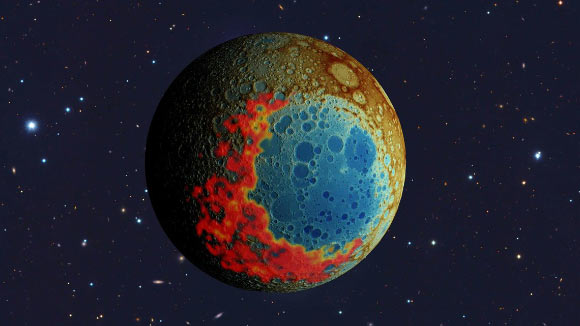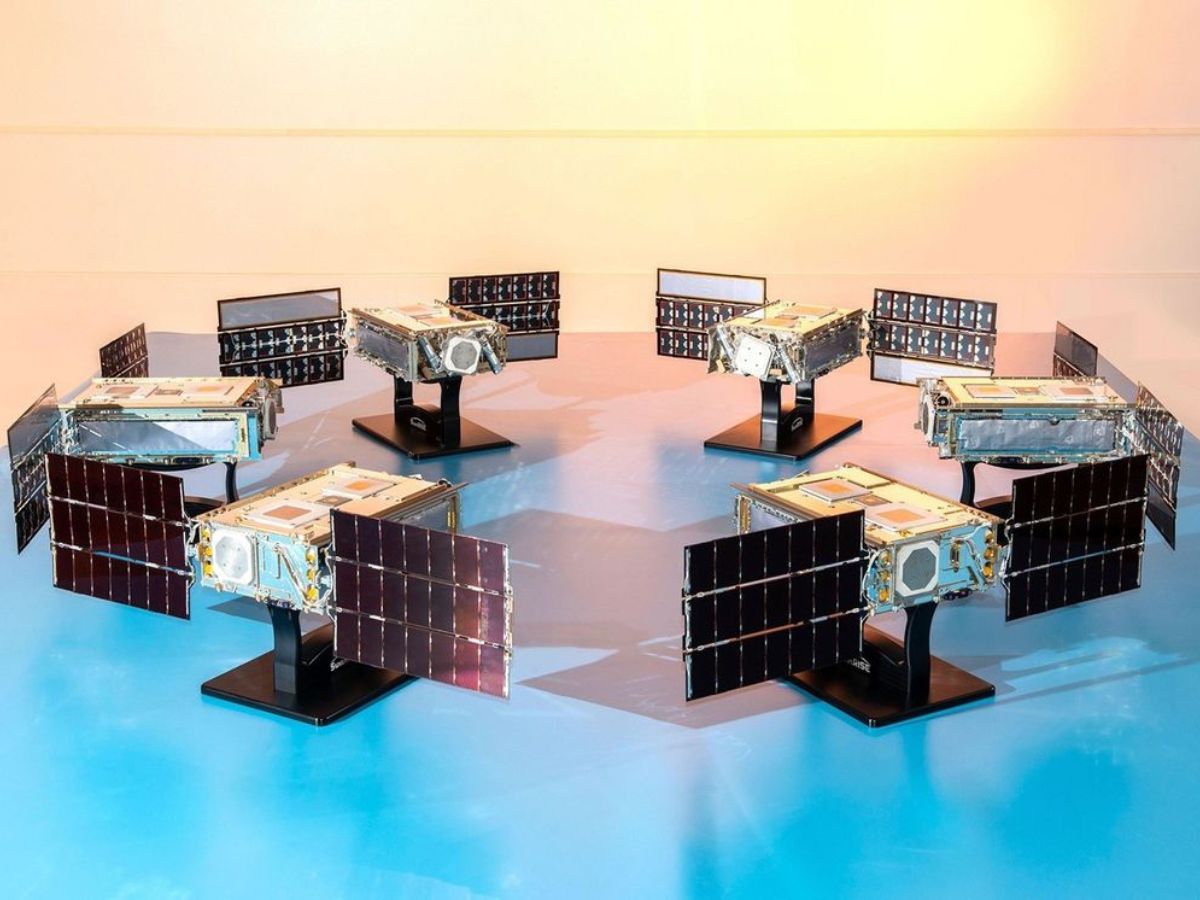Genome sequencing and de novo assembly of genomes
The Illumina NovaSeq 6000 platform generated approximately 7.94 gigabytes (Gb) of data for E. bonariensis, consisting of 19.1 million 150-bp paired-end reads. The cp. genome of E. bonariensis was…

The Illumina NovaSeq 6000 platform generated approximately 7.94 gigabytes (Gb) of data for E. bonariensis, consisting of 19.1 million 150-bp paired-end reads. The cp. genome of E. bonariensis was…

At least three different reporters on Tuesday asked John Clarke, one of this year’s Nobel Prize in physics laureates, how exactly we ended up with technology like the cellphone today from his obscure…

Roughly 4.3 billion years ago, when our Solar System was still in its infancy, a giant asteroid slammed into the far side of the Moon, blasting an enormous crater referred to as the South Pole-Aitken basin. This impact feature is the largest…
LONDON, Oct. 10, 2025 (GLOBE NEWSWIRE) — Concern over the long-term effects of head injuries in rugby and American football has inspired a new approach to athlete care. Oralift Neuro, an emerging concept at the initiation stage, explores how…

A world-first discovery of binary stars could be the first step in building a more complete picture of how our galaxy formed, according to astronomers from The Australian National University (ANU).
The discovery is part of an ambitious 10-year…



 Jonah FisherEnvironment correspondent
Jonah FisherEnvironment correspondent Dean Lomax
Dean LomaxA near-complete skeleton found on Dorset’s Jurassic coast has been identified as a new species of…

A proposed constellation of satellites has astronomers very worried. Unlike satellites that reflect sunlight and produce light pollution as an unfortunate byproduct, the ones by US startup Reflect Orbital would produce light pollution by…

A near-complete skeleton found in Dorset on the UK’s Jurassic Coast has been identified as a brand-new species of ichthyosaur.
These prehistoric marine reptiles look a lot like dolphins and from the Early Triassic (250 million years ago) to…